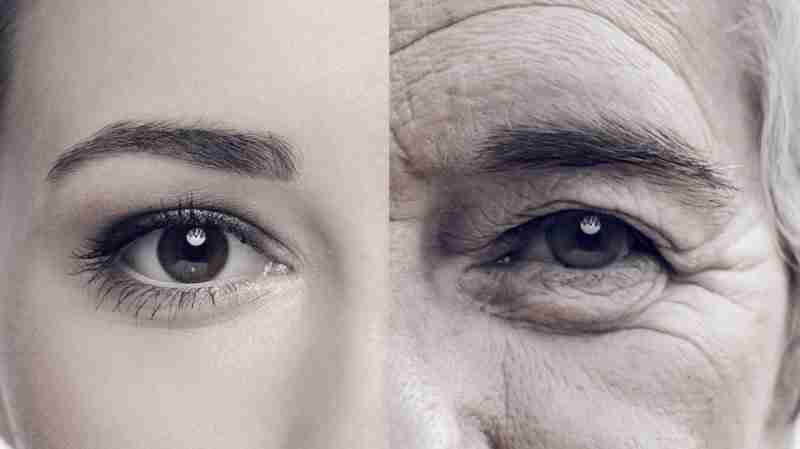Have you ever wondered why some people “look” older than others? There’s a genetic answer to this question.
Despite our best efforts, aging is inevitable. And we’ve made a lot of efforts, ranging from the announcement of a possible age-reversal treatment coming from lengthening our telomeres (chromosome tips that appear to have something to do with it), to “the first ever Anti-aging Gin … distilled with pure collagen as well as a mix of anti-ageing botanicals to help people look younger whilst having fun.”

These illustrations show how the chase for eternal youth can run from the sublime to the ridiculous, but they don’t show what scientists are finding out about how we age. While our chronological age has been (sometimes painfully) with us as long as we’ve been human and able to count, it’s our biological age that may be more important.
In short, biological age explains why some people seem to age at different rates than others. Some of us turn gray faster, wrinkle earlier, or get heart disease at a later age than others. And, it turns out that our genes and other physiological characteristics have a lot more to do with this than gin. Or even telomeres.
A study led by Duke University researchers on 1,000 New Zealanders was published in 2015, and calculated the “biological age” of people at ages, 26, 32 and 38 (the researchers had followed these people since birth). The researchers calculated “biological age” by testing the function of the participants’ hearts, lungs, livers, kidneys, immune system, and teeth and gums. Even though these people were too young to be experiencing traditional diseases of aging, their rate of organ system change was highly variable. Of those whose organ functions were declining faster, “were less physically able, showed cognitive decline and brain aging, self-reported worse health, and looked older,” the researchers wrote. These tests translated into biological ages that spanned from 28 to 61 years of age.
Also in 2015, a British group studied healthy 65 year olds and found about 150 RNA variants that added up to a healthy biological age. They then studied a group of 70 year olds as they aged into their 80s. The 150 RNAs, they concluded, formed a biomarker array of sorts, that could predict how healthy the participants were in their 80s, by measuring kidney function, muscle activity and could even diagnose (they say) Alzheimer’s disease at very early stages. All of these changes were independent of actual age.
What’s driving biological aging
If our birthday isn’t all that important, then what is? Twenty years ago, researchers looked to the telomere, a strip of DNA on the end of our chromosomes. Every time a cell divides, a bit of this telomere gets (biochemically) nibbled off. Once a telomere is shortened enough, the cell can’t divide any more, and functions poorly and even can produce harmful inflammatory responses.
While shortened telomeres correlate with higher heart disease, diabetes, cancer and immune dysfunction risks, so does life stress, which doesn’t really relate to aging directly. Also, people with a telomere-lengthening mutation were found to be more susceptible to certain cancers, throwing a little more sand in the face of the telomere theory.
Now, epigenetics is taking center stage as a possible mechanism. Methylation of DNA, one of several ways in which genes can be regulated, seems to pace our aging processes through an epigenetic clock. This clock compares DNA sites on chromosomes and determines how many of those sites gain methylation, and how many lose it. The difference between the gains and losses determine our biological age. Methylation itself is partly inherited, and lifestyle choices and environmental factors can alter the rate and degree of methylation.
Steve Horvath, a geneticist at UCLA who helped create and hone the epigenetic clock, studied data from 51 different cells and tissues. He found that some cells, such as those in the breast can be more than three years (biologically) older than other cells in a woman’s body. In cases of breast cancer, adjacent healthy breast tissue can be about 12 years older. Other tumor tissues were found to have even wider age ranges compared to healthy tissue. The cause of this: Horvath thinks that methylation may affect cell differentiation and embryonic development, which explains why the “epigenetic clock” consists of so many different methylation and demethylation events.
All of these findings do not lead, unfortunately, to a fountain of youth or an anti-aging pill. But they might help deal with what we’ve always considered “diseases of aging,” as certain organs start failing as we grow older.
Andrew Porterfield is a writer and editor, and has worked with numerous academic institutions, companies and non-profits in the life sciences. BIO. Follow him on Twitter @AMPorterfield.



































